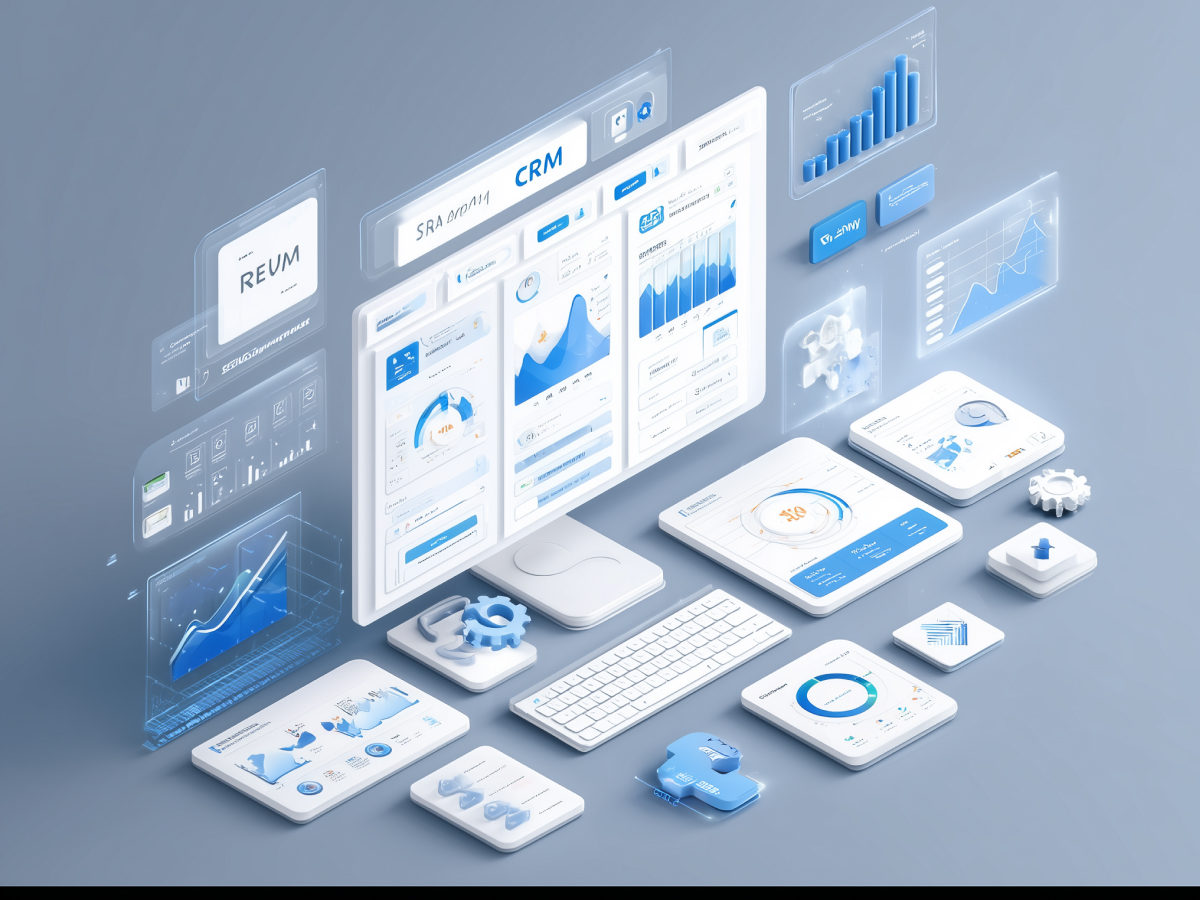Google DeepMind’s Deep Think is the company’s most advanced AI model
Google has launched something important with Deep Think. It isn’t about marginal improvements, it’s a structural leap forward in how machines reason. Most AI systems work through a single path of reasoning. Deep Think doesn’t. It runs multiple agents in parallel. Each of these agents independently evaluates different possibilities and ideas. Then, the model aligns the strongest results into a cohesive answer. You’re not looking at linear problem-solving here, you’re looking at simultaneous, high-bandwidth cognitive processing.
This model is built to mirror how top human minds work through hard problems. Instead of guessing or brute-forcing the answer, it evaluates options deeply, compares them, then refines. In short, it thinks carefully, but fast. That’s a real advantage when handling complex logic or advanced math. You get the power of multiple AI minds working at once, converging on the best possible output.
For leaders navigating high-stakes environments, the impact is straightforward: better answers, delivered faster. This kind of parallel thinking scales far beyond academic applications. If your business depends on high-complexity decisions, logistics optimization, scientific modeling, financial forecasting, this kind of architecture isn’t just helpful, it’s necessary. You’re not just automating, it’s elevating critical thinking under pressure.
Deep Think’s multi-agent structure also reduces the risk of narrow thinking traps that plague older models. For a C-suite team looking to build on stable, explainable results at scale, it marks one of the more practical AI breakthroughs currently in deployment.
Google is rolling out two different tiers of Deep Think
Google DeepMind is taking a smart deployment path. They’re not pushing a single version of Deep Think to everyone. Instead, they’ve split it into two tiers with two very different purposes. The research-grade version is built for endurance, designed to solve deeply complex math problems over extended time frames. It’s not built for speed. It’s used by academic researchers and mathematicians who need precision and depth, not instant responses.
Then there’s the version available to Google AI Ultra subscribers. It’s faster, lightweight, and built to operate on commercial-use timelines. While you won’t get the full IMO-level performance with this one, you are getting a model that still ranks above most AI systems currently on the market. It delivers high-level reasoning with faster turnaround, something that makes it a fit for real-world operations, where time usually matters as much as accuracy.
This tiered approach gives Google the advantage of flexibility. They’re supporting deep research and high-scale commercial deployment at the same time. For businesses, this means access to cutting-edge computation without waiting for academic readiness levels.
For executives building out AI capabilities across their organizations, this two-tier structure offers an important choice. You won’t always need the most powerful model. Sometimes, speed and quality at scale are good enough, especially if you’re dealing with customer-facing services, internal automation, or decision support. But if your company is running core operations that rely on critical mathematical modeling, advanced simulations, for instance, then having access to the full-strength version can be transformative. Knowing which deployment fits your case is a strategic decision.
This also signals how AI models will be delivered going forward. Not one-size-fits-all. It will be modular, split by use, and performance-adjusted to meet exact business needs.
The commercial version of Deep Think outperforms other leading AI models
Deep Think isn’t just about smart architecture. It delivers results against measurable standards. Google DeepMind’s commercial-tier model, accessible via the Gemini app, has been tested across key benchmarks that evaluate reasoning, code generation, and mathematical problem-solving. It consistently scores well above current industry models, including OpenAI’s o3, Gemini 2.5 Pro, and Grok-4.
That matters when you’re evaluating technology not just by reputation, but by output. Deep Think posts a 34.8% score on complex reasoning tasks (Humanity’s Last Exam), 87.6% on code generation (LiveCodeBench), 60.7% performance on International Math Olympiad (IMO) 2025-level questions, and a 99.2% score on AIME 2025-level tests. These numbers aren’t marginal, they represent a substantial leap in capability. And this is just the commercial version.
For enterprise stakeholders, high benchmark performance gives clarity. It means fewer errors in generation, better reliability in automated reasoning, and faster throughput on technical tasks that previously required domain experts.
These benchmarks aren’t academic fluff, they reflect how the model performs in common high-skill functions such as automation, algorithmic thinking, short-code generation, and structured logic assessments. For decision-makers, this reduces uncertainty. If your enterprise is using AI in high-trust environments, legal review, financial projection, quantitative risk management, then outperforming in logic-based benchmarks is essential, not optional.
Many C-level executives are asking the same thing right now: Where’s the ceiling on AI performance? Deep Think shifts that question. It proves that with better architecture and better training, we’re still far from maximum potential, and that gives companies adopting now a noticeable competitive edge.
Google DeepMind is adopting a phased testing and diversified release strategy
Google isn’t releasing Deep Think as a finished product, it’s treating it as a system in development, built to evolve through live feedback. Two additional versions of the model, one with integrated tools and one without, are being rolled out to a targeted group of trusted researchers and testers via the Gemini API. The goal here is clear: capture real-world usage patterns, stress-test the architecture under multiple conditions, and gather insights that inform future optimization.
This isn’t just about performance, it’s about function fit. Google wants to understand how Deep Think adapts in various environments: knowledge work, code-heavy domains, academic use, enterprise logic flows. That data collection phase is essential to refine the intelligence layer and prepare it for broader deployment across more verticals.
From a business leadership perspective, this structured deployment approach should instill confidence. Google isn’t pushing a single public rollout and waiting for feedback to trickle in. It’s actively managing the iteration process in a controlled environment. That reduces risk of failure, improves the learn rate, and keeps enterprise users from becoming testers.
For companies planning to integrate or build on top of Deep Think, this release strategy signals long-term support, regular updates, and a continuous improvement cycle. It’s also a model of how AI innovation is likely to move forward: use-case-specific, modular, and grounded in real functionality rather than theoretical capability.
Main highlights
- Deep think delivers superior reasoning through multi-agent design: Google’s Deep Think architecture enables multiple, parallel reasoning agents to evaluate, refine, and merge responses, resulting in more accurate and context-aware outputs. Leaders should consider models with parallel reasoning for tasks requiring high cognitive complexity.
- Dual-tier rollout aligns AI capability with use-case needs: Google is offering a research-grade version for complex academic use and a commercial version built for speed and accessibility. Executives should evaluate which tier best fits operational demands, latency-sensitive processes may benefit from the faster commercial variant.
- Commercial model outperforms top AI systems in core benchmarks: Deep Think’s commercial version posts leading scores across reasoning, code generation, and math problem-solving, significantly outperforming competitors. Leaders should recognize its potential to enhance productivity and reduce error in high-value, technical decision environments.
- Phased deployment strategy optimizes product-market fit: Google DeepMind is releasing tool-based and tool-free versions through trusted tester programs to gather targeted, real-world feedback. Organizations investing in AI should favor partners following this iterative strategy to ensure alignment with evolving business requirements.





